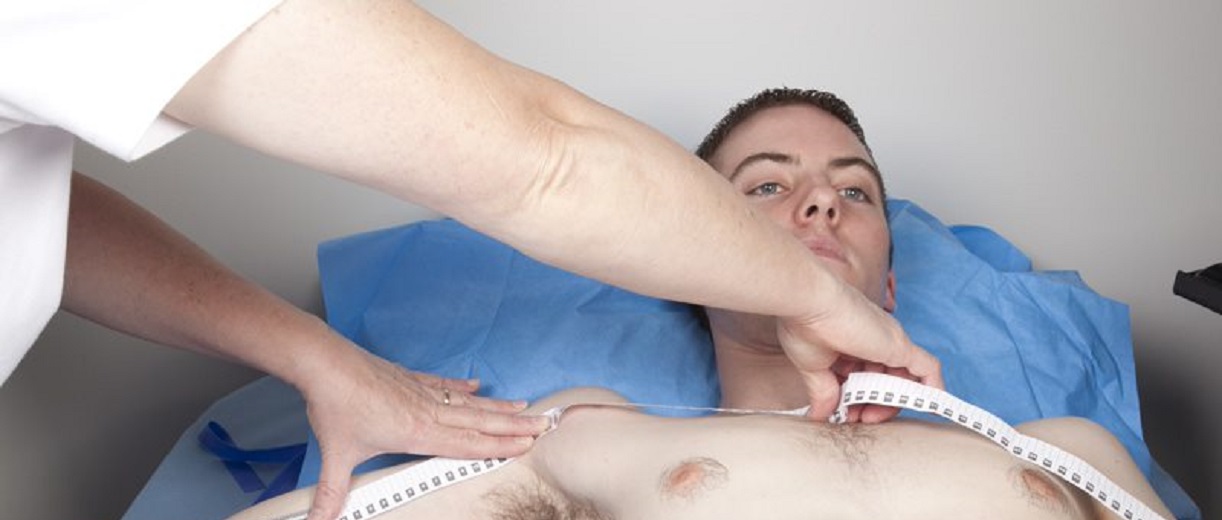Assessment of the Michigan Appropriateness Guide for Intravenous Catheters (MAGIC) 2015 recommendations in the context of evolving evidence based on the use of peripherally-inserted central catheters (PICCs) in intensive care units (ICU).
Article originally published on March 14, 2022. Republished as part of our summer series on the most popular articles from the past year.
Scientific publication: Pinelli F, Little A, Kokotis K, Alsbrooks K, Pittiruti M. Assessment of the MAGIC recommendations in the context of evolving evidence based on the use of PICC in ICU. J Vasc Access. 2021 Oct 23:11297298211048019. doi: 10.1177/11297298211048019.
Introduction – The MAGIC recommendations
Central venous access devices (CVADs) including tunnelled and non-tunnelled Centrally-Inserted Central Catheters (CICCs), Femoral-Inserted Central Catheters (FICCs) and Peripherally-Inserted Central Catheters (PICCs) are frequently used in intensive care units (ICUs). However, these devices are associated with the risk of complications, such as Central Line-Associated Bloodstream Infections (CLABSIs) and Catheter-Related Thrombosis (CRT).1
The goal of the 2015 Michigan Appropriateness Guide for Intravenous Catheters (MAGIC)2 was to define appropriate indications for insertion, maintenance and care of PICCs. The MAGIC guidelines resulted after a panel of multidisciplinary specialists developed the criteria for PICC usage after systematically reviewing literature and scenarios, according to the patient population, indication for insertion and duration of use.2 The appropriateness of PICC use in each scenario was compared with that of other venous access devices.
The MAGIC panel concluded that for peripherally compatible infusions, PICC use was inappropriate when the proposed duration of use was five or fewer days.2 For use between 6 and 14 days, midlines and ultrasonography-guided peripheral intravenous catheters were preferable.2 Non-tunnelled CICCs were preferable over PICCs for 14 or fewer days of use in critically ill patients while for cancer patients, PICCs were rated as appropriate for irritant or vesicant infusion regardless of duration.2
Assessing the validity of the MAGIC recommendations
In this review published in the Journal of Vascular Access, Pinelli, et al, have aimed to re-assess the validity of the MAGIC recommendations and their applicability in current practice.1 Discussed in the review are the methodological limitations of the Delphi process used, the focus on outdated evidence of suboptimal quality, concerns with the substantiation on many recommendations of PICC practices and the lack of unique patient considerations.1
According to the authors of the review, the main problems with the MAGIC recommendations can be summarised as follows: 1
High-level assessment:
- A high volume of excessive variability in the clinical scenarios, that compromise the validity of the recommendations
- No assessment of the quality of the studies
- Over 33% of the studies were over a decade old, while several substantial recommendations for clinical practices have occurred in the last 10-15 years
- The low representation of specialists with direct PICC experience
- Limited geographic distribution of specialists (80% of the panelists from the US; 60% of the panelists from a single US state)
Thrombosis or infection risk:
- Limited discussion of strategies that minimize the risk of catheter-related complications
- Discussions based on antiquated studies that do not represent the current practice
- Recent high-quality evidence confirms that the risk of infection and symptomatic thrombosis is low in ICU patients.
Patient considerations
- Lack of adequate rationale for preferring CICCs over PICCs, since special clinical conditions are not considered.
Conclusions
The authors of the review maintain that in recent years, insertion techniques and maintenance strategies targeted at reducing complications associated with CVAD have evolved considerably, and the MAGIC guidelines do not consider these factors.1 Among all central lines used in the ICU (CICCS, FICCs and PICCs), PICCs are reliable and safe for specific clinical situations, and cannot be replaced by midlines in these situations.1 In addition, the MAGIC recommendations also do not take contemporary issues linked with COVID-19 into consideration. The need for the reduction in central line use, as purported by the MAGIC guidelines, may not be feasible in ICUs which are becoming resource-constrained and are increasing central line utilisation.1
The authors recommend that MAGIC guidelines be revisited and conclude that the choice of vascular access device should be based on unique clinical considerations and current scientific evidence, and not on fears informed by antiquated data.1
References
1 Pinelli F, Little A, Kokotis K, Alsbrooks K, Pittiruti M. Assessment of the MAGIC recommendations in the context of evolving evidence based on the use of PICC in ICU. J Vasc Access. 2021 Oct 23:11297298211048019. doi: 10.1177/11297298211048019.
2 Chopra V, Flanders SA, Saint S, et. Al Michigan Appropriateness Guide for Intravenous Catheters (MAGIC) Panel. The Michigan Appropriateness Guide for Intravenous Catheters (MAGIC): Results From a Multispecialty Panel Using the RAND/UCLA Appropriateness Method. Ann Intern Med. 2015 Sep 15;163(6 Suppl): S1-40. doi: 10.7326/M15-0744.
This list of references to third-party peer-reviewed material and the sites they are hosted on are provided for your reference and convenience only, and do not imply any review or endorsement of the material or any association with their operators. The Third-Party References (and the websites to which they link) may contain information that is inaccurate, incomplete, or outdated. Your access and use of the Third Party Sites (and any websites to which they link) is solely at your own risk.
BD-54362




